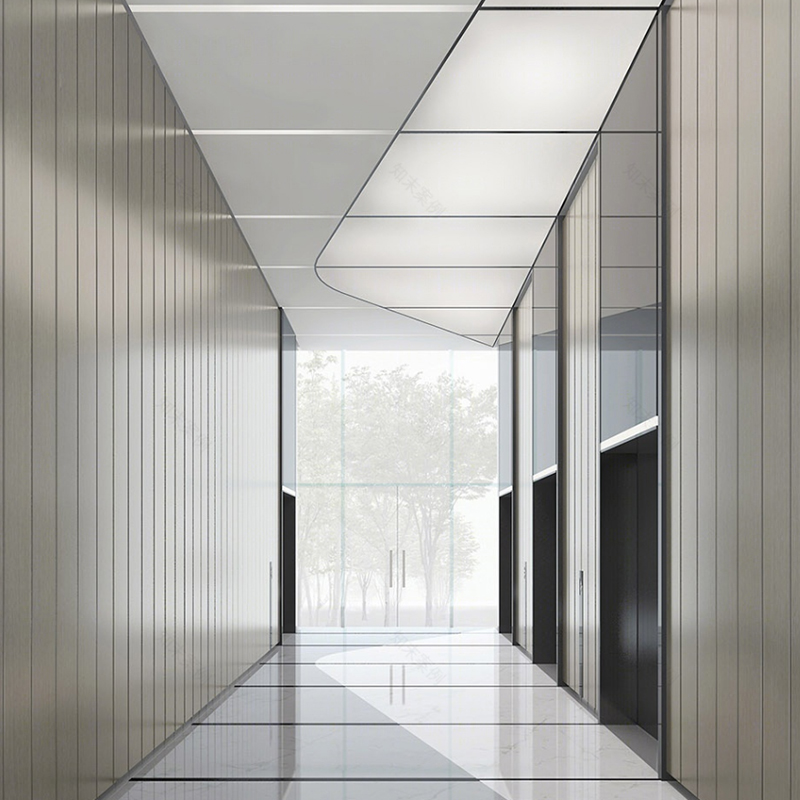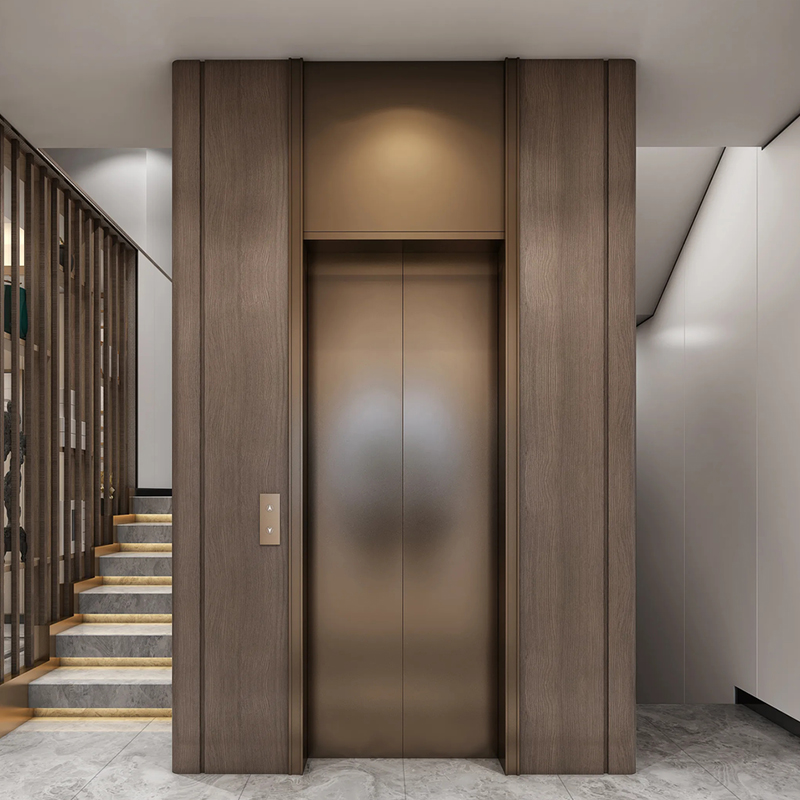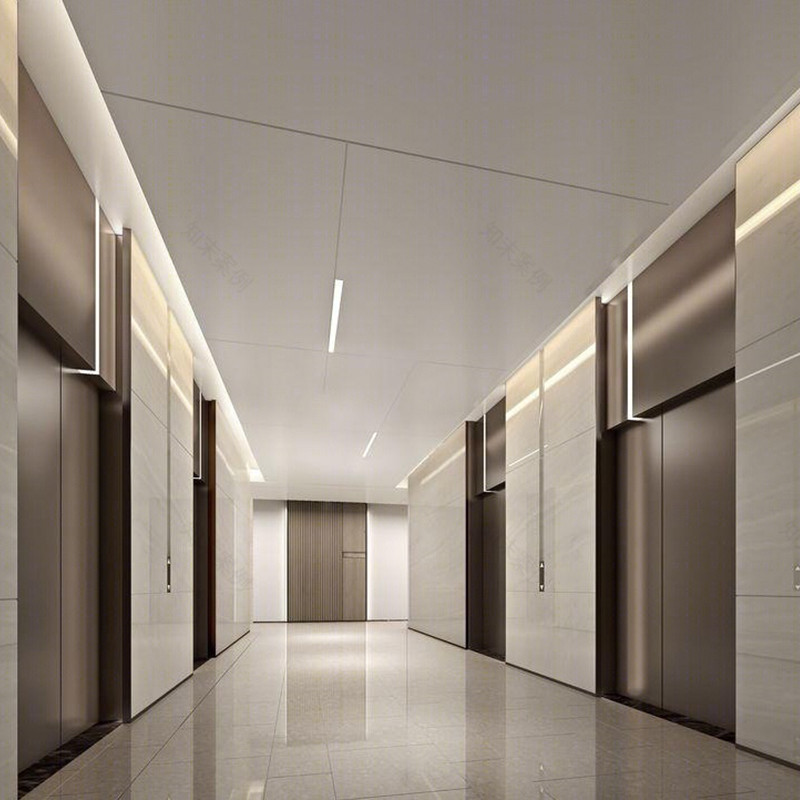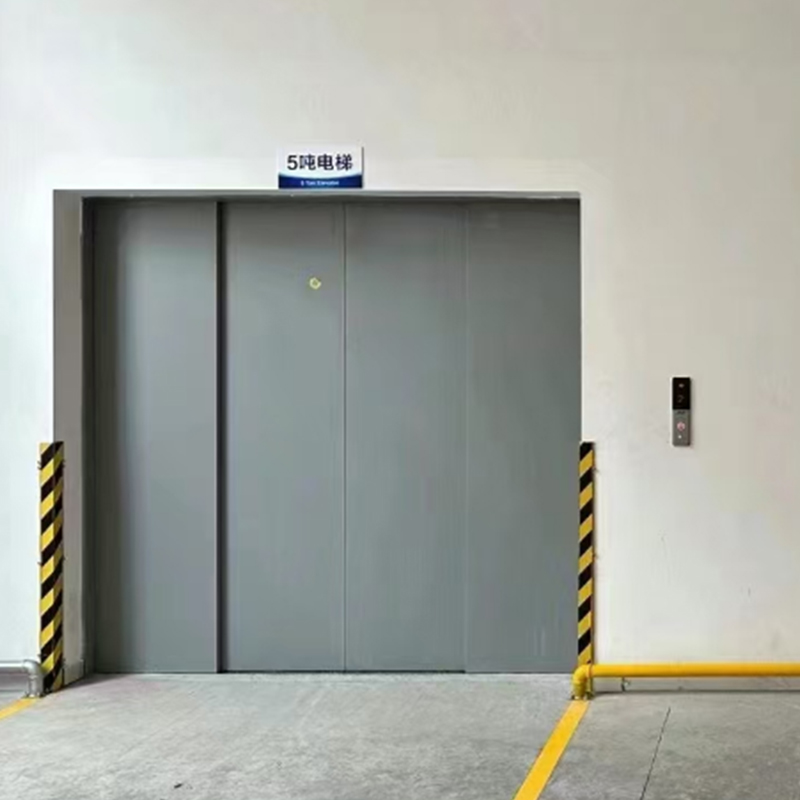
Are Traction Passenger Elevators Really the Future of Vertical Transportation?
Posted by Admin | 14 Aug
In a world where buildings are climbing higher and urban density is accelerating, traction passenger elevators have become more than a convenience — they are a necessity. These elevators are the lifeline of multi-story buildings, efficiently transporting millions of people every day across commercial, residential, and public infrastructure.
But why are traction passenger elevators the preferred choice in modern architecture? How do they work, what makes them efficient, and what options do developers and building managers have when choosing among various types? This detailed guide answers all of these questions and more, providing a science-backed look into one of the most critical innovations in modern engineering.
What Is a Traction Passenger Elevator?
At its core, a traction passenger elevator is a system that lifts and lowers a car using a motorized pulley system. Unlike hydraulic systems, which push the elevator from below, traction systems rely on steel cables and counterweights, making them ideal for taller buildings.
These elevators are recognized for their energy efficiency, speed, and durability, particularly in mid-to-high-rise buildings. Whether in office skyscrapers, hotels, hospitals, or upscale residential towers, traction passenger elevators offer the seamless mobility that defines modern urban life.
How Do Traction Elevators Work?
Understanding the mechanics of a traction passenger elevator involves exploring its fundamental design principles rooted in physics. The system operates using the balance of weight and motion.
Core Mechanism
A series of steel cables loop over a drive sheave connected to a motor. On one end of the cable is the elevator car, and on the other is a counterweight. As the motor rotates the sheave, it moves the elevator car up or down while the counterweight moves in the opposite direction.
This counterbalancing approach means the motor only works against the difference in mass, drastically reducing energy demands and wear on mechanical components.
Primary Components
- Steel hoist ropes: Connect the car and counterweight, bearing the full dynamic load.
- Drive sheave: A grooved wheel that channels the cables.
- Elevator motor: Drives the sheave, typically located above the shaft.
- Counterweight: Usually equal to the car’s empty weight plus 40–50% of its capacity.
- Elevator car: Passenger cabin designed for safety and comfort.
- Brake system: Engages automatically when the elevator stops or during power failure.
- Controller: Directs all movement logic, speeds, stops, and door operations.
Types of Traction Passenger Elevators
Each traction passenger elevator type is tailored to specific building needs. Here are the three primary designs in use today.
Geared Traction Elevators
Description
Geared traction elevators use a motor connected to the drive sheave through a gearbox, which modifies torque and speed. This allows for moderate speeds and lifting capacities, making them ideal for mid-rise buildings.
Pros
- Lower initial installation costs
- Established and reliable technology
- Easier to repair individual mechanical components
Cons
- Gearboxes require regular oil changes and upkeep
- Noisier than gearless models
- Less energy-efficient
Gearless Traction Elevators
Description
In this type, the motor is directly attached to the sheave, eliminating the need for a gearbox. These elevators are known for high speeds and smoother rides, typically used in high-rise and skyscraper applications.
Pros
- High-speed capability (up to 7 meters/second)
- Exceptionally quiet and smooth
- Long lifespan with fewer moving parts
Cons
- Higher initial cost
- Requires advanced installation techniques
Machine Room-Less (MRL) Elevators
Description
An MRL elevator is a gearless system where the motor and controller are placed within the hoistway, eliminating the need for a separate machine room. This design saves space and installation costs, especially in space-constrained or aesthetically sensitive buildings.
Pros
- Saves building space
- Energy-efficient operation
- Lower long-term cost of ownership
Cons
- Maintenance can be challenging in tight spaces
- Hoistway modifications may be required
Comparison Table: Elevator Types at a Glance
| Feature | Geared Traction | Gearless Traction | MRL Traction |
|---|---|---|---|
| Speed Capability | Moderate (≤2.5 m/s) | High (≤7 m/s) | High (≤3 m/s) |
| Suitable Building Height | Mid-rise (5–15 floors) | High-rise (15+ floors) | Mid to high-rise |
| Energy Efficiency | Moderate | High | Very High |
| Space Requirement | Machine room needed | Machine room needed | No machine room needed |
| Maintenance Demand | High | Moderate | Moderate to high |
| Installation Cost | Lower | Higher | Moderate |
Key Components in Depth
Understanding each system part allows for more informed decisions about elevator selection, maintenance, and upgrades.
Motor and Drive
Modern traction elevators use Variable Voltage Variable Frequency (VVVF) motors that precisely control speed and acceleration. VVVF drives minimize power surges and mechanical stress, resulting in smooth acceleration, accurate floor leveling, and energy savings.
Hoist Ropes and Sheaves
These components carry the physical load. Steel ropes have high tensile strength, while sheaves are engineered to reduce friction. Worn sheaves can damage ropes, so both must be monitored regularly.
Car and Counterweight
Passenger cabins are crafted for both form and function. Common materials include brushed stainless steel panels, impact-resistant floors, and glare-free LED lighting. The counterweight ensures that the motor doesn’t have to lift the entire load alone, thus maximizing energy efficiency.
Safety Systems
Safety is multi-layered:
- Overspeed governors prevent the car from accelerating beyond safe limits.
- Emergency brakes engage if movement exceeds parameters.
- Door sensors halt closing if any object is detected.
- Alarm and intercom systems ensure communication during emergencies.
Advantages and Disadvantages of Traction Elevators
Advantages
- Superior Energy Efficiency: Counterweight systems drastically reduce power needs.
- High-Speed Performance: Ideal for high-rises with rapid transit demands.
- Reduced Operating Costs: Long-term maintenance is less intensive, especially in gearless models.
- Quiet and Smooth Rides: VVVF motors allow silent operation and seamless stops.
- Long Lifespan: With fewer mechanical failures, these systems can last decades.
Disadvantages
- Higher Initial Investment: More complex systems mean greater upfront cost.
- Skilled Installation Required: Improper setup can result in mechanical inefficiencies or safety risks.
- Routine Maintenance Needs: Regular checks are essential, especially for ropes, sheaves, and brake systems.
Maintenance Requirements and Best Practices
Maintaining a traction passenger elevator is critical for safety, performance, and longevity.
Types of Maintenance
- Preventive: Routine tasks like checking rope tension, lubricating components, and testing brakes.
- Predictive: Utilizing IoT sensors to foresee when parts will fail.
- Corrective: Fixing issues after a failure, often more costly and urgent.
Key Inspection Areas
- Rope wear and alignment
- Brake pad integrity
- Motor vibrations or overheating
- Sheave grooves
- Control panel diagnostics
Service Contract Considerations
A professional contract should include:
- Monthly inspections
- Annual certifications
- Emergency repair coverage
- Software updates for smart controllers
Modernization and Installation
Installation Process
Installation occurs in several phases:
- Design and customization based on building specifications
- Shaft preparation and installation of guide rails
- Motor, sheave, and rope configuration
- Cabin and counterweight fitting
- Controller programming and calibration
- Testing and certification
Modernization Options
Rather than replacing old systems entirely, modernization is often more cost-effective.
Common Upgrades
- Replacing relay-based controllers with digital VVVF systems
- Retrofitting old cabins with LED lighting and durable interiors
- Enhancing door safety with infrared curtain sensors
- Integrating smart dispatch systems
Cost Breakdown Table
| Cost Type | Typical Range | Notes |
|---|---|---|
| Initial Installation | High ($80,000–$200,000+) | Depends on type, speed, and number of floors |
| Energy Costs | Low to Moderate | Gearless and MRL models consume less electricity |
| Maintenance Contract | Moderate ($3,000–$10,000/year) | Varies by frequency and coverage |
| Emergency Repairs | Variable | Can be costly if involving motors, ropes, or brakes |
| Modernization | Moderate to High | Cheaper than full replacement, improves performance |
Future Trends in Traction Passenger Elevator Technology
AI and Smart Dispatch
Artificial intelligence is reshaping elevator logic. Destination dispatch systems group passengers going to similar floors, reducing wait times and energy use.
Predictive Maintenance with IoT
Smart sensors monitor temperature, vibration, and usage, enabling real-time diagnostics. Maintenance becomes proactive rather than reactive, reducing downtime.
Green Elevators
Manufacturers are shifting toward eco-friendly materials, low-heat motors, and regenerative braking systems, feeding unused energy back into the building’s grid.
Integration with Building Systems
Modern elevators now interface with fire control, security, and building management systems, creating a seamless, intelligent environment.
Conclusion
The evolution of vertical transportation is epitomized by the traction passenger elevator, a machine that seamlessly combines mechanical ingenuity, energy efficiency, and digital intelligence. Its counterweight-driven mechanics reduce strain on motors, while VVVF drives and IoT systems elevate operational performance to futuristic levels.
Though initial costs may be higher, their longevity, reliability, and efficiency provide an unmatched return on investment. As buildings continue to climb and urban demands increase, the traction passenger elevator is not just a tool but a critical infrastructure — intelligently connecting people to the vertical world.
-
 Founding Road, Qidu Linhu Economic Zone, Wujiang City, Jiangsu Province, China
Founding Road, Qidu Linhu Economic Zone, Wujiang City, Jiangsu Province, China
-
 [email protected]
[email protected]
-
 +86 17701557926/+86 0512-63818375
+86 17701557926/+86 0512-63818375


 En
En English
English русский
русский Español
Español عربى
عربى






